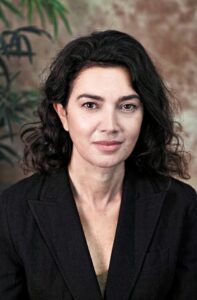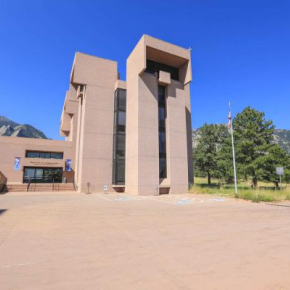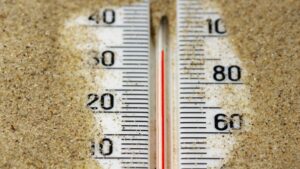Séminaire
Improving the understanding of cloud radiative heating
Erik Johansson
Séminaire hebdomadaire du LMD à l’ENS.
Description
Clouds play an essential role in regulating Earth’s radiation budget by reflecting and absorbing energy at different spectra. As they interact with radiation, they can radiatively heat or cool the adjacent atmosphere and the surface. The lack of high-resolution global observations has previously been a limitation for our understanding of the vertical structure of cloud radiative heating and for evaluating the cloud radiative effect in climate models. We have investigated and documented cloud radiative heating derived from space-based observations, focusing on two regions, the Arctic and the Tropics. In these two regions, cloud radiative heating plays an important but fundamentally different role.
In the Tropics, radiative heating at high altitudes influences the large-scale circulation. While investigating the Indian monsoon, we found that thick stratiform clouds will heat the upper troposphere (0.2 K/day) when the monsoon is most intense, while deep convective clouds cause considerable heating in the middle troposphere and, at the same time, cool the tropical tropopause layer. We further found that in the Tropics, the climate model, EC-Earth, can capture the seasonal variations in cloud radiative heating seen in the satellite observations.
Warm moist air is regularly transported from the mid-latitudes into the Arctic by low- and high-pressure systems. As the moist air enters the Arctic, it increases the cloudiness and warms the surface. This surface heating has the potential to affect the ice cover months after the intrusion. We found that during extreme moist intrusions, the surface temperature in the Arctic can rise by more than 5 K during the winter months, with an increase in cloudiness by up to 30% downstream from the intrusion.
Informations supplémentaires
Le séminaire tiendra au Département de Géosciences de l’ENS – salle Lien Hua / E350 – 24, rue Lhomond – 75005 Paris.






